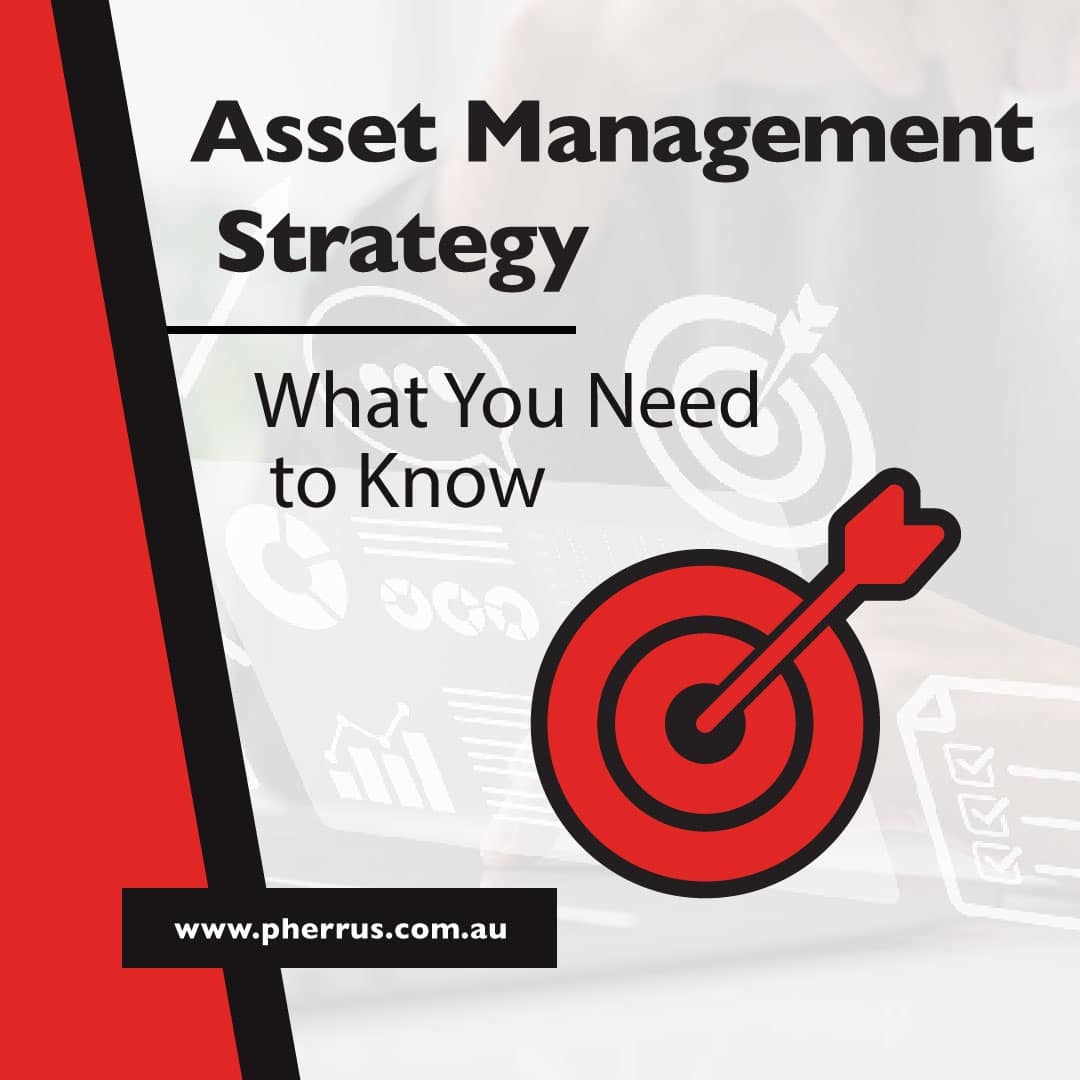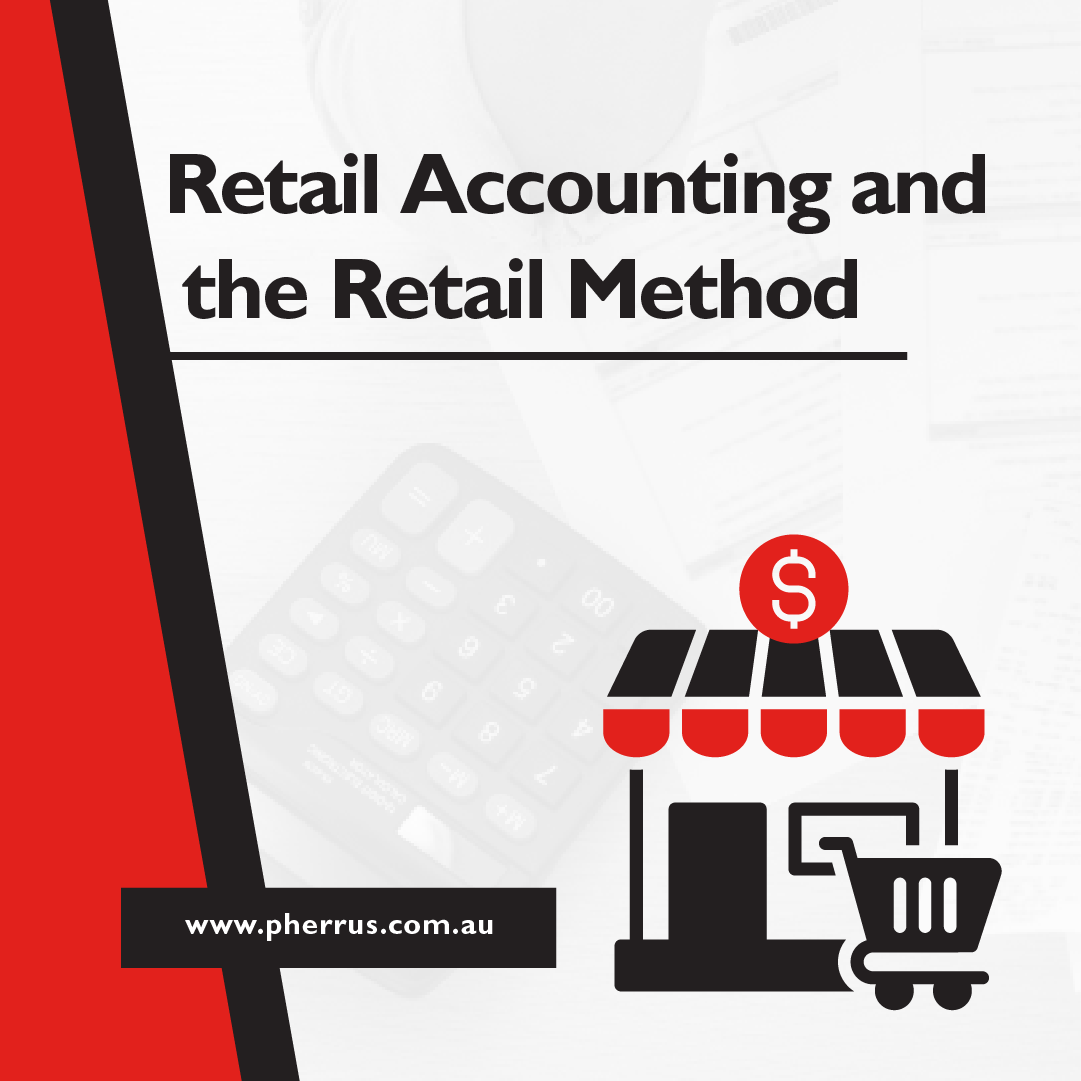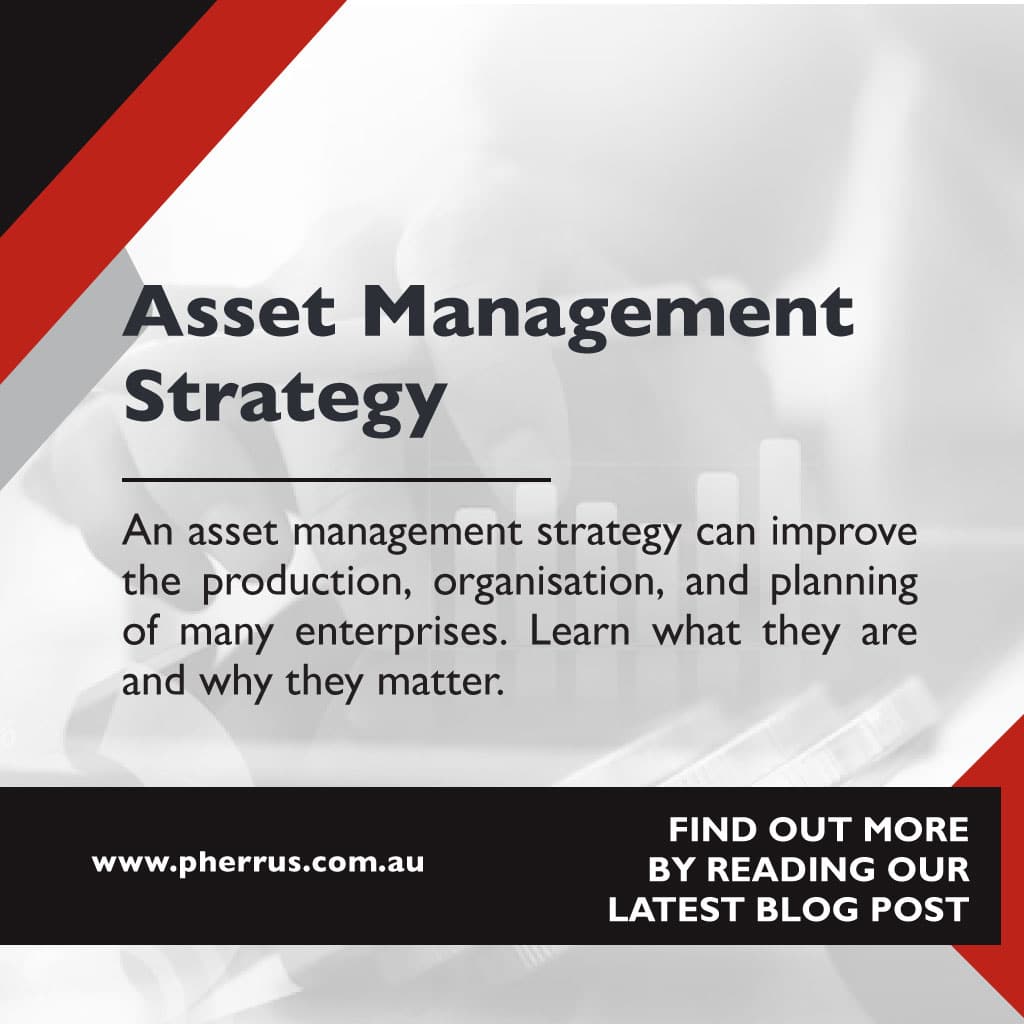
Did you know that approximately 80% of employees waste at least 30 minutes a day retrieving a piece of information that is vital for their daily tasks?
When accumulated, this wasted time can amount to a full working day every three weeks.
Highly effective businesses must have rapid and smart access to critical assets and information to complete activities.
Fortunately, this is easy to achieve with an effective asset management strategy.
Asset management is a method for managing, organising and optimising the value of assets or possessions.
It occurs across various levels, including managers and COOs, engineers and accountants, IT specialists, and even equipment operators.
Third-party contractors and clients can also contribute to successful asset management.
Asset management, when used correctly, assists stakeholders, employees and decision-makers in predicting and monitoring the life cycle of an asset.
Asset management may involve:
making purchase decisions
controlling assets
scanning assets on a regular basis
establishing maintenance plans
managing inventory
gathering and supervising the data created by the above acts
This article describes some examples of asset management strategies, their advantages and a brief guide on how to create one for your company.
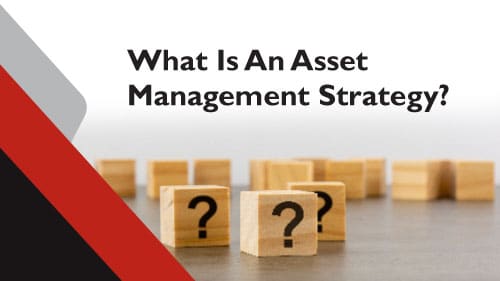
What is an Asset Management Strategy?
Asset strategy management is the process through which organisations systematically approach the planning, production, organisation and maintenance of all their assets.
For businesses, it entails taking a strategic approach to ensure that customers always receive the highest value.
A vital component of asset strategy management is analysing the risk of external threats such as natural disasters and energy sources and the risk of downtime.
With an effective asset management strategy, you can manage the impact or minimise the likelihood of such events.
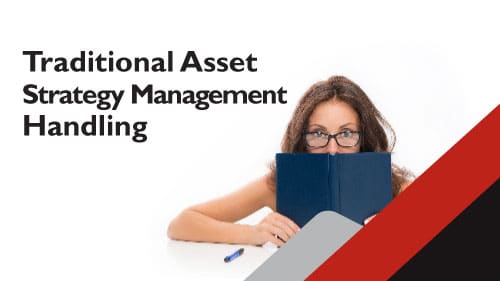
Traditional asset strategy management handling
In the past, asset strategy management depended on manual inventory checks and paper logs.
However, this method was disadvantageous in that:
Keeping track of previous accomplishments can be challenging.
It is prone to human errors, which can lead to productivity loss if compounded over time. It can also lead to unforeseen machine outages.
Paperwork may get mixed up, especially when multiple individuals are involved in record keeping.
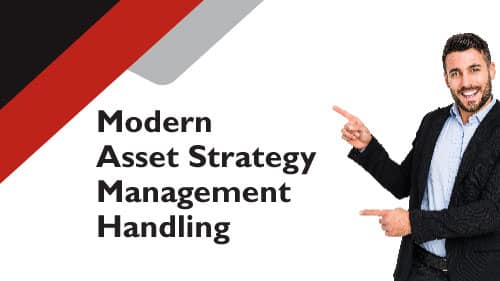
Modern asset strategy management handling
In today’s competitive business environment, the impact of robust asset management is prevalent in every sector of business.
Strategic planners can use previous records to find out where they need to improve processes.
Using sensors in the storehouse to ensure that raw materials are adequately stocked.
Product developers can use collected data to build more durable and efficient assets in the future.
Using the predictive maintenance approach to avoid potential future outages.
Companies can build strong predictive algorithms through machine learning and use it to forecast repair expenditure.
Through a connected manufacturing line, companies can build an effective asset strategy management that enables them to:
Reduce resource-consuming downtime: a data-driven and proactive asset strategy management will ensure that all working hours are well planned and managed effectively.
Streamline processes: A well-defined asset management strategy will help to streamline processes while alerting you of any inefficiencies.
Providing key insights: Through asset management strategy, you can gain key insights that will fuel future innovation.
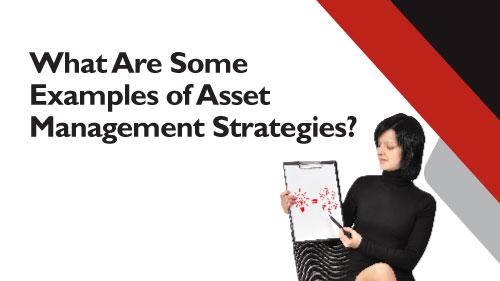
What are some Examples of Asset Management Strategies?
It is critical to choose the style of management that best meets your company’s demands in order to manage your assets as efficiently as possible.
Understanding the various forms of asset management is an important part of selecting a suitable solution.
Here are several examples, along with descriptions of what they entail.
1. Digital Asset Management (DAM)
Digital asset management is a sector that is growing exponentially.
It entails the effective organisation of content and digital material, as well as its processing and storage.
Controlling access to goods such as intellectual property rights, construction blueprints and meeting recordings save stakeholders the expense of keeping numerous copies of these materials in storage.
More significantly, consumers may be confident that they are better secured from natural disasters and water and fire damage.
Having a solid digital asset management system permits for:
Accountability for digital asset access
Opportunities for reusing digital assets
Digital items and information are distributed instantly
Digital goods may be found quickly and easily without specialist knowledge
Brand consistency that works
Important data on which clients access digital items — who, what, when, and for how long — all of which is extremely valuable in building marketing strategies.
2. IT Asset Management (ITAM)
IT asset management includes both hardware and software management.
It comprises tangible assets such as routers, computers and other IT equipment, as well as intangible assets such as licences, patents, software subscriptions (SaaS), and network infrastructure.
IT asset management contributes to security, time and cost savings, and the establishment of a solid technical foundation for the future.
It entails a system for storing, organising, accessing, and sharing data both online and in-house. It is useful to multiple kinds of service providers and companies.
3. Fixed Asset Management
Fixed assets refer to all the items an organisation uses to generate income.
In most cases, they remain in their installation position for a long time.
They include appliances, plumbing installations, in-place machinery and more.
Fixed assets are commonly referred to as “property, plant, and equipment” or PP&E.
Although fixed assets are major investments that usually serve the company for many years, they still require management.
It may be in the form of producing data for a study, preventive maintenance, constant monitoring and more.
Companies can achieve this through fixed asset management.
By adding fixed assets to an asset management system or implementing one which is focused solely on PP&E, a company can get:
Information on who was using the asset and when, as well as which actions were performed
Lower maintenance costs
Real-time data streams on fixed assets in various locations
Pre-scheduled preventive maintenance
A record of assets that have been retired, lost, stolen, or recycled
4. Financial Asset Management
Financial asset management is a more conventional approach to asset management.
It includes real estate holdings, investments, brokerage services and all intangible investments owned by an organisation.
Here, asset management entails keeping track of market rates, tax obligations, and other financial commitments, such as loans, as well as accruing interest.
Its main goal is to maximise profits while minimising risk.
5. Enterprise Asset Management
Enterprise asset management optimises, integrates and organises any infrastructure or physical assets owned by a company throughout its lifecycle.
It entails inventory records, documentation of the condition of facilities and productivity.
When shopping for an enterprise asset management system, look for one that has the following features:
The ability to generate customised and precise reports
Calculation and email creation in real-time
Visualisation of data
Customised formulae, charts, and productivity targets
6. Infrastructure Asset Management
The techniques involved in maintaining, upgrading and even eliminating these important utilities such as electricity, roads, water access, civil engineering, and mass transport options are referred to as infrastructure asset management.
In most cases, infrastructure asset management focuses on the end of a product’s life cycle and the most efficient, cost-effective, environmentally responsible and safest ways to replace it.
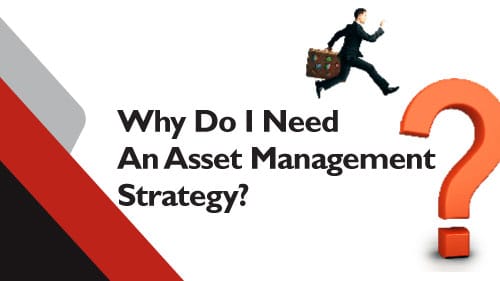
Why Do I Need an Asset Management Strategy?
There are several ways in which asset management could benefit your business. They include:
1. Allows a company to account for all of its assets.
The procedure makes it simple for businesses to keep track of all their assets, whether fixed or liquid. Company heads will know where their assets are, how they are being used, and whether they have been modified. As a result, asset recovery can be done more efficiently, resulting in higher returns.
2. Aids in the identification and management of risks
Asset management entails identifying and managing risks associated with the use and ownership of specific assets. It means that a company will always be ready to deal with any risk that may arise at any time.
3. Assists in ensuring the correctness of amortisation rates
Because assets are verified on a regular basis, the asset management process guarantees that they are appropriately recorded in the financial accounts.
4. Removes all invisible assets from the company’s inventory.
There have been instances where assets that have been lost, stolen, or damaged have been incorrectly recorded on the books.
A strategic asset management plan will make the firm’s owners aware of any assets that are no longer available, and they will erase them from the books.

How do you Write an Asset Management Strategy?
An asset management strategy, according to the Institute of Asset Management, is a “long-term optimum approach to asset management drawn from and aligned with the organisational strategic plan and asset management policy.”
To put it another way, an asset management plan is a high-level yet critical document that directs asset management operations inside a company.
Implementing an asset management plan is usually thought of as a six-step process, as described below:
1. Examine the structure of the organisation.
2. Conduct a self-assessment of your asset management.
3. Determine the asset management objectives and policies.
4. Asset management action plan creation and implementation
5. Examine and track progress.
6. Solicit input from stakeholders.

Thinking Outside of Simple Life Cycles
Several factors should be considered when developing an asset management plan, all of which go beyond the simple assumption of occasional maintenance practices based on prescribed life cycles.
Below are some important considerations when creating an asset management strategy.
Examine the preventive maintenance requirements for each asset as part of the execution of an asset management plan. This will help to establish a cohesive strategy.
Include condition-based maintenance principles in your preventative maintenance using a feedback loop. On a more specified level, this entails allowing for changes to future work orders. Personnel will be able to account for unforeseen degradation as a result of this.
Another thing to bear in mind is to evaluate appropriate preventative maintenance times carefully. Because maintenance, whether scheduled or unplanned, takes an asset out of production, the objective should be to reduce the impact of this downtime on the business. This sometimes entails taking into consideration seasonal business patterns as well as recognising which days of the week are slower.
Expert accountants have adequate knowledge and skill, which they can apply to develop a professional asset management strategy for your company.
Secure Your Assets better with a Strategy
By investing in asset management, your company will reap many benefits, both economic and non-economic.
Managing and tracking assets digitally helps to eliminate the incompetencies of outdated tracking systems, such as inaccurate data.
Moreover, it enables decision-makers to coordinate effectively across branches or departments and international locations.
A good asset management strategy helps to save on maintenance costs through automatic alerts and improved scheduling.
It also allows stakeholders to plan more efficiently.
The environmental effect of various assets is also managed better, and the health implications of operational assets are enhanced. Improving safety also reduces legal threats, which protects the company’s brand.
Consider investing in asset management to reap these and more benefits for your company.


